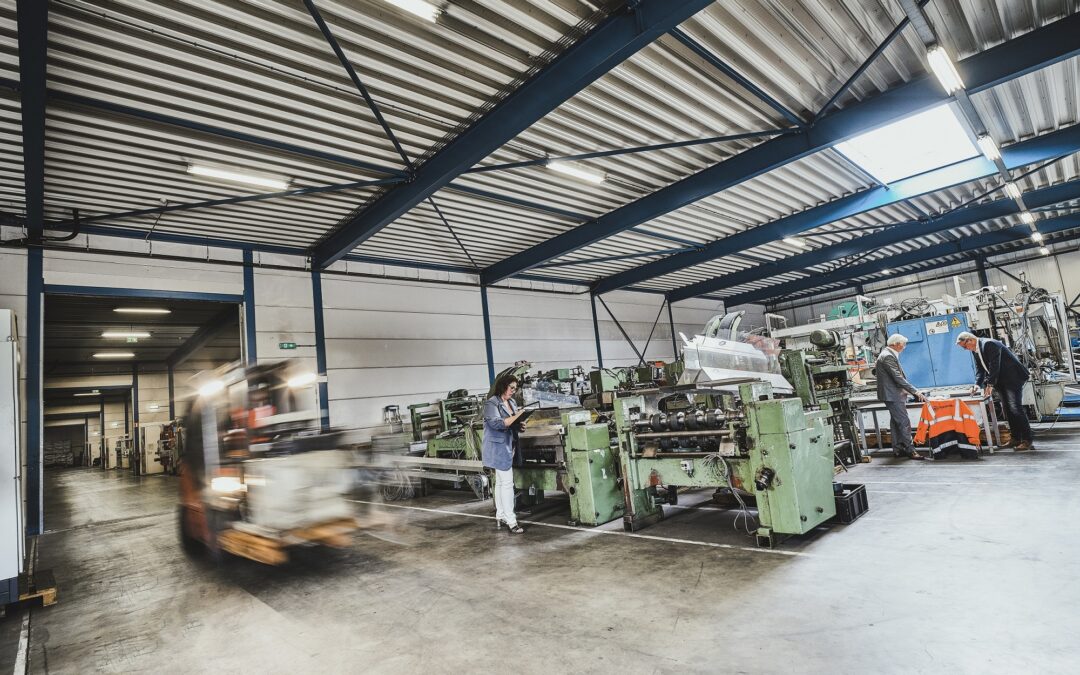To properly maintain the blades of a shear, it is essential to follow a series of steps and recommendations to ensure a clean cut and prolong the life of the blades. Here is a summary of best practices:
- Cleanliness Regular:
- The blades should always be clean. Use isopropyl alcohol and rags to clean the profile of the blades.
- Rub the inside face of the blade with a scouring pad and then wipe with a cloth.
- Lubrication:
- Lubricate the blades with suitable oil, such as Aemovil M302 oil.
- Apply grease to the inner bearings of the drums.
- Sharpening and Grinding:
- After prolonged use, sharpen the blades using a diamond stone suitable for carbide.
- Generally, it is not necessary to remove more than 0.10 mm in height during sharpening.
- For major grinding, first use a green carbide wheel for roughing and then a diamond wheel for finishing.
- Checking and Adjustment:
- Check the cutting clearance between the punch and the blade, which should be maintained at 10% of the metal thickness for steel and 15% for aluminum.
- Make sure the blades are properly aligned. Proper alignment between the lower and upper blades is crucial for optimal cutting.
- Adjusts the blades to prevent burrs and obtain a clean cut.
- Component Replacement:
- If necessary, replace old blade rubbers and be sure to use new rubbers when reassembling.
- If the distance from the cutting edge to the “die center” lip has been lost due to successive grinding, you can rework it with the use of shims on the cutter. Make sure the shims are free of burrs, are uniform in thickness and have their holes milled.
- Storage and Handling:
- Treat the blades with care during storage and assembly or disassembly to avoid damage.
By following these recommendations, you will be able to keep your shear blades in optimal condition, ensuring a precise cut and prolonging their useful life.













